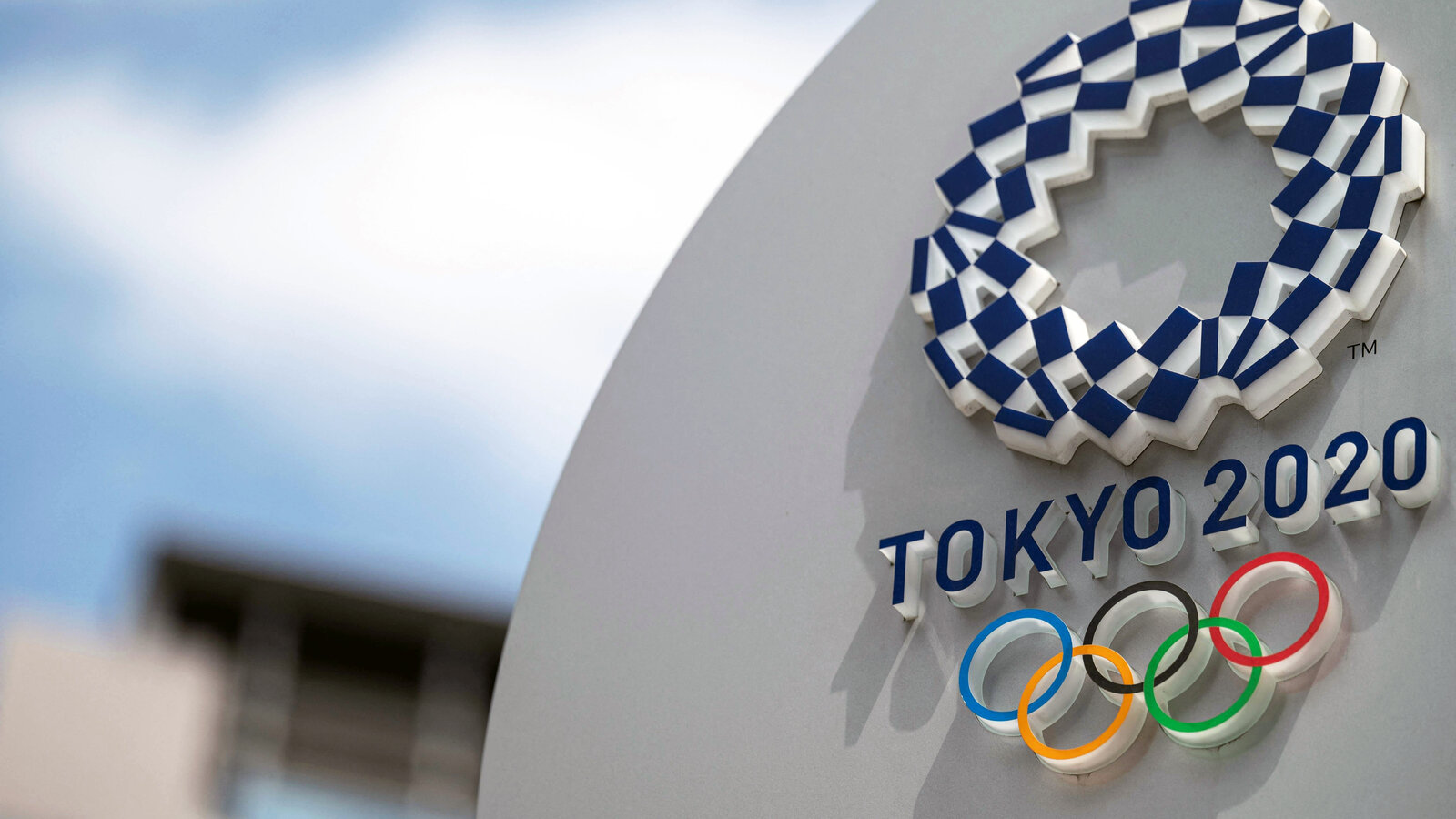A close-up of the Tokyo 2020 logo embossed on a building at the Olympic Games in Tokyo, July 2021. (Charly Triballeau/Agence France-Presse — Getty Images via the New York Times)
TOKYO—Imagine getting something you’ve been aiming and training for your whole life and then something unexpected gets in your way. And all of your hard work seems to disappear. This is what happened to many young Olympic athletes in 2020.
Due to the pandemic, athletes all over the world had to go through another year of even harder training to prepare for summer 2021.
Just qualifying for the Olympics became much harder than usual. In some cases, athletes that were already qualified had to re-qualify by repeating the Olympic Trials to achieve certain times and scores. In addition, more competition came in as originally-15-year-olds became 16 and now were eligible to compete. If you did qualify, there were many extra guidelines that you had to follow. Overall, clearing the bar to compete in the Olympics became a lot more complicated and harder and many athletes lost their qualification over the pandemic.
Once the athletes arrived in Tokyo, how did the pandemic change the way the 2021 Olympic games themselves were run? The biggest change was that there were no spectators in the stands.
This really changed the situation for people who enjoyed watching the Games. Sungmin Lee, a “virtual spectator” who was especially looking forward to watching the swimmers, noted, “The Olympics aren’t as exciting to watch; there is no cheering or excitement when an athlete wins.”
But the no-spectator rule didn’t just impact the viewers. It impacted the athletes too.
Motivation is key for better results, and one big motivational factor is cheering. According to TIME, a 2020 study of German athletes showed that the lack of spectators affected the soccer players’ performance. In just six weeks, with an empty stadium home victories dropped by 10%, and the players took less shots for goals, therefore scoring less.
This finding is relevant to the Games as well. “As a swimmer’s parent, I think the cheering motivates the swimmer to get better results,” said Lee. For high-energy sports like swimming or track, cheering gives lots of motivation for the athlete, and sometimes improves the performance. But for other high-focus sports such as golf or archery, it may be a distraction.
“While some [athletes] might often get a boost from a frantically cheering crowd, there are others who perform just as well as or better than normal without the distraction,” Kirk Sell, a silver medalist and now a public health professor, said to Yahoo!News. How the athlete does depends on their personality, but also the sport. In this way, the lack of spectators was both a positive and negative of COVID for athletes.
One of the universally negative effects was that many guidelines (due to COVID) were set, and athletes had a more difficult time competing. Some of the strictest guidelines contain restrictions for the length of your stay in Tokyo. “You’re only allowed to come five days before your sport starts, and you must leave within 48 hours after you compete,” Olympic diver Tom Daley told subscribers to his YouTube channel.
In addition to that, a lot of precautions were set up to prevent germs from spreading. “There are dividers everywhere to prevent us from spreading germs,” said Daley.
But the larger timing-related change caused by the pandemic was pushing the Olympics forward for one year. The need to re-qualify was mentioned earlier, but even athletes who did not need to do that still had to maintain their bodies, and keep in shape through a whole year’s delay.
“It’s been a tough year,” said Calaeb Dressel, Olympic champion and gold medalist in the 100m freestyle, “But it really came together.”



